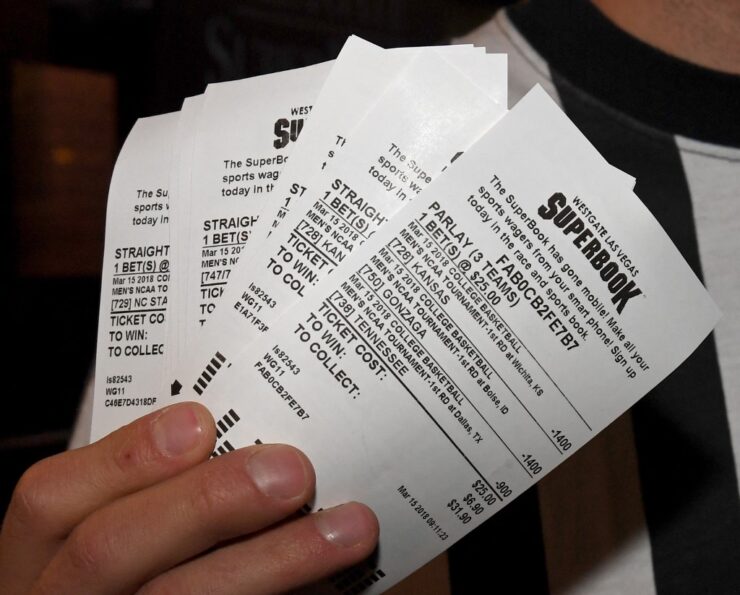Sucker bet is a word that newcomers to sports betting are bound to hear. The implication is that such bets are so skewed in favor of the house that only a fool would place them. Although the definition is straightforward, avoiding these bets needs a bit more expertise. Knowledge is the key to success in practically every endeavor. Even though bookmakers have the incentive to win every wager, most markets do not fulfill the definition of a sucker bet. They also require clients to put bets to generate income, thus posting these markets is not in their best interests. That would give you a terrible name.
Sucker bets occur, regardless of the natural consequences, and consumers should be informed of how to prevent them. Understanding how markets that are “on the up and up” function is the first piece of knowledge required to avoid sucker bets. In betting on platforms like Librabet Canada, money lines aren’t the only markets where sucker bet odds may be found. Any sort of bet may have odds that are disproportionate to the expected value. Parlays are one such option.
what exactly is a parlay bet? how does one get made? is it worth it, or is it just a means for you to lose even more money? here’s everything you need to know.
What exactly is a parlay?

Parlay bets are wagers utilized by all levels of sports bettors to combine two or more bets on the same ticket to produce a bigger stake. This needs several events to go your way but boosts the payment if you are successful. Each game or event in a parlay is referred to as a “leg,” and the parlay is only successful if all of the legs are hit. Parlay bets are not easy to win in general, but the rewards are typically appealing and can result in life-changing wins for individual gamblers. Some parlay bets are similar to purchasing a lottery ticket.
Understanding the operation of a parlay bet

Parlays function by combining many bets into a single wager, boosting the rewarding possibility. This works because all of the legs in the parlay must win for the wager to pay off. The bigger the number of legs in a parlay, the better the odds. Adding games to a parlay, however, increases the challenge of hitting each leg on a single ticket.
As an example, we can make a three-team parlay using Teams A (-2.5), B (+2.5), and C. (-6.5). To win this parlay, Team A must win by at least three points, Team B must win outright or lose by fewer than three points, and Team C must win by at least seven points. If one of these teams fails to cover, the entire parlay is forfeited.
Are parlay wagers worthwhile?

While parlay bets might be a fun way to spice up your sports betting, we don’t advocate them as a long-term strategy. That doesn’t imply that including a parlay or two in your weekly wagers is a bad idea. However, it is not advisable to make parlays a significant portion of your daily wagers.
The major reason to avoid parlay betting is that it requires all legs to hit to have a positive expected value (+EV). This is not an easy process, which is why parlay bets have such appealing odds. This indicates that, in general, parlays have a particularly low victory rate. This is why bookies like parlay bettors regularly.
Conclusion
Don’t be deceived by social media reports of players winning parlays with 10 legs or more. While these are legitimate victories, the odds of hitting these wagers are comparable to winning the lottery. There is a reason why these posts are mostly posted by sportsbooks and not by individual gamers.

